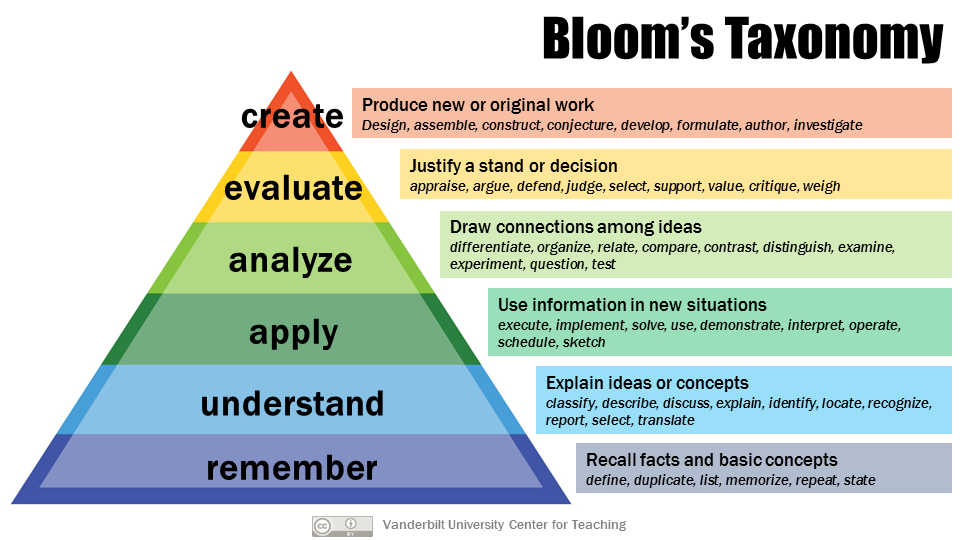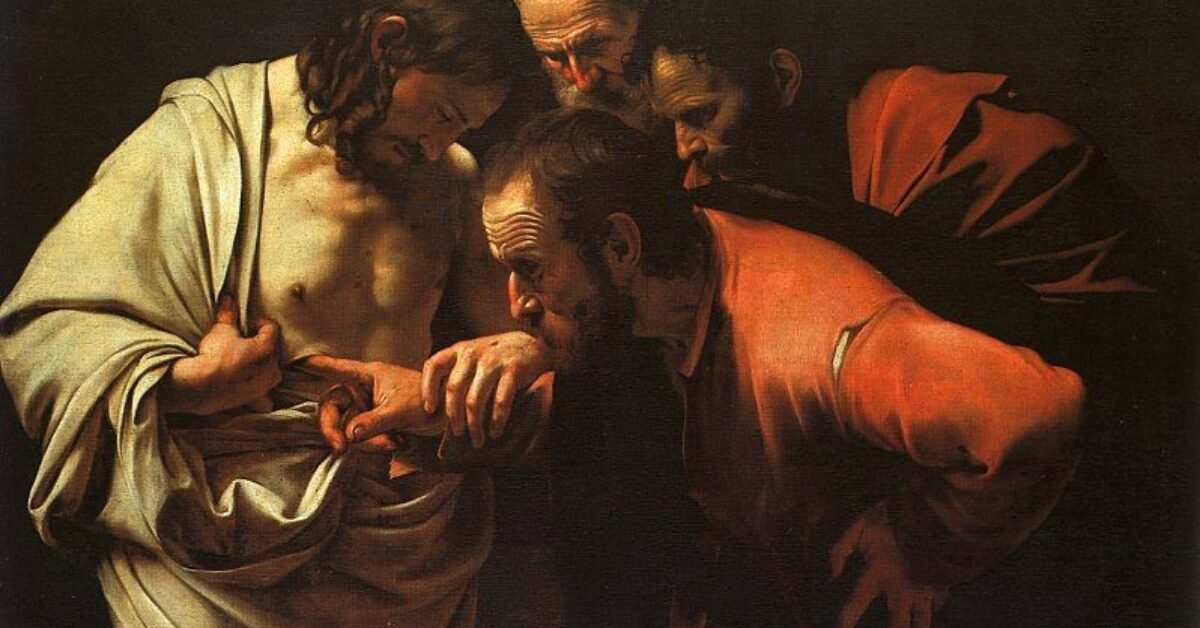The Visualization Bible Study Method: More Confessions of a Doubting Thomas
Last week Kent wrote: “Personally, I find this method the most fun and engaging,” a statement that highlights our differences. While we share a desire to spark interest into the possibilities of adult faith formation for congregational renewal, a love of graceful, Christocentric liturgy, and a loyalty to our respective baseball teams (neither of which made post-season play this year), unlike Kent, I am not a big fan of the visualization method. It is not my thing, and frankly, the last time I was at a conference where the speaker gave the small groups a similar kind of “hands on,” creative task, I was a non-compliant, onery, and passive aggressive participant. I’d rather read and analyze texts than work creatively with markers, colored pencils, and random craft items heaped on a central table. But I do know enough about different learning styles to appreciate the fact that the creative process can make a deep impact on learning for many people.
In a blog post last summer, this Doubting Thomas ‘fessed up to a change of heart and mind after witnessing the creative work of the Spirit within the participants in one of workshops on the adult catechumenate. (I will note that I was not myself a participant.) Anna, one of the participants, noted that the activity involves multiple learning styles, and that the creative process is the apex of Bloom’s taxonomy of educational goals.

Theologically, the creative process is associated most closely with the third Person of the Trinity, as expressed in this ancient hymn:
Creator Spirit, by whose aid
The world’s foundations first were laid,
Come, visit ev’ry humble mind;
come, pour your joys on humankind;
From sin and sorrow set us free;
may we your living temples be.
O Source of uncreated light,
The bearer of God gracious might,
Thrice-holy fount, thrice-holy fire,
Our hearts with heav’nly love inspire;
Your sacred, healing message bring
To sanctify us as we sing.
Giver of grace, descend from high;
Your sevenfold gifts to us supply;
Help us eternal truths receive
and practice all that we believe;
Give us yourself that we see
the glory of the Trinity.
Immortal honor, endless fame,
attend th’almighty Father’s name;
the Savior-Son be glorified,
Who for all humankind has died;
To you, O Paraclete we raise
Unending songs of thanks and praise.
(LSB #500; text att. Rabanus Maurus, 776-856)
Yes, one can see in the creative efforts of participants at our 2023 workshop various levels of Bloom’s Taxonomy at work to produce an “original work, use information in new situations, and draw connections among ideas.” But more importantly, one can see that the Spirit was at work in these examples. See also how the Spirit set these participants free to be living temples; inspired their hearts with heavenly love for all humanity; and has led them to practice the eternal truths they believe. And so, I too can join unending songs of thanks and praise for the diversity of learning styles and tools that deepen our faith in the Triune God.
+++
Banner Image: Oil on canvas; Doubting Thomas, Caravaggio (1571-1610) ca. 1600; This work is in the public domain in the United States because it was published (or registered with the U.S. Copyright Office) before January 1, 1929. https://commons.wikimedia.org/wiki/File:Caravaggio_Doubting_Thomas.jpg
